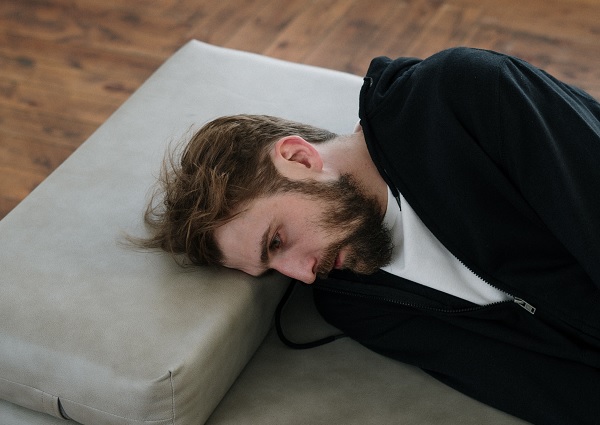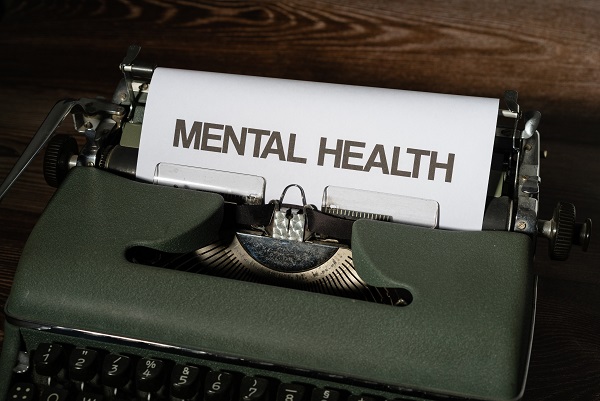Latest study on at-home psychiatric care finds that it shouldn’t replace in-patient facility care.
Traditionally, a patient who undergoes an acute psychiatric crisis such as a manic or psychotic episode might have a brief ER stay at a hospital followed by treatment at an inpatient facility. The hospital stay is brief because of limited resources and these patients are often referred to outside facilities to continue care. The length of time at inpatient facilities tends to vary based on the patient’s insurance coverage, financial means and the level of care required. Increasingly, however, patient families are opting for at-home care, allowing for an intensive program with access to their ‘normal’ routine and contacts instead of at a facility. Curious about the level of effectiveness associated with being at home versus being at a center, Netherlands’ researchers compared the two in a new study.
“Intensive home treatment is increasingly popular as an alternative to hospitalization,” wrote Jurgen Cornelis, MD, Arkin Institute for Mental Health, Amsterdam, the Netherlands, and coauthors. “It was developed to prevent or reduce levels of inpatient care and facilitate the transition between inpatient care and low-intensity outpatient care.”
The study, published in Lancet Psychiatry, shows that patients who’ve undergone an acute psychiatric crisis can get intensive care at home, but the at-home option should not replace inpatient treatment altogether.

Patients were recruited from the emergency room of two medical facilities in the Netherlands and were only able to participate in the study if they were able to give informed consent. In a randomized controlled clinical trial of more than 200 participants, intensive home treatment led to a “34% drop in the number of inpatient hospital days up to one year following therapy” compared with inpatient treatment center care. However, at the same time, there was no difference reported in “satisfaction rates or quality of life” ratings. And the decrease in the seriousness of symptoms the team reported after six weeks disappeared altogether within the first six months.
“We found no differences in admission rates either, which suggests that intensive home treatment is not a substitute for inpatient care but a different treatment opportunity for psychiatric patients in crisis,” the team wrote.
Previously, there were two randomized controlled clinical trials published that led to “somewhat conflicting findings,” the authors added.
The intensive home treatment group (n = 183) worked with a multidisciplinary team that developed an individualized treatment plan to meet each of the patient’s specific needs. These included “pharmacotherapy, up to three home visits each day, psychoeducation, brief supportive and cognitive behavioral therapy, social care, and support and empowerment of the patient’s informal care system,” the team said. Most of the patients were diagnosed with mood disorders (i.e., depression, for example), followed by psychotic disorders, personality disorders, or anxiety disorders.
Overall, the studies performed to date have not definitively shown that at-home care is superior, inferior or just as beneficial as inpatient facility care. This means that opting to be at-home should not be seen as a substitute for in-center treatment. The in-center option should continue to be made available to patients preferring to utilize this resource.
Sources:
Mixed Results for Intensive Home Care for Psychiatric Crises


Join the conversation!